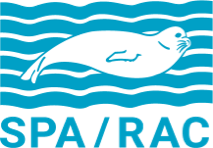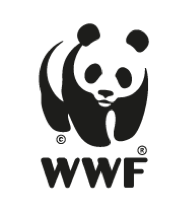GEF Focal Area
Biodiversity
Rationale
CONTACTS
UNEP/MAP
Mr. Mohamad Kayyal, MedProgramme Management Officer
E-mail: mohamad.kayyal@un.org
SPA/RAC
Mr. Atef Limam,
Email: atef.limam@spa-rac.org
Mr. Wassim GAIDI
Email: wassim.gaidi@spa-rac.org
IUCN Med
Mr. Maher Mahjoub, Regional Programme Coordinator
Email: maher.mahjoub@iucn.org
WWF Med NA
Mr. Jamel Jrijer, Director
Email: jjrijer@wwfna.org
The Libyan coastline is the longest in this subregion, including more than 1,100 km of sandy beaches and 800 km of rocky beaches, saltmarshes, temporal river mouths, etc. The coastline is one of the least human developed areas of the Mediterranean basin which offers refuge for several threatened and endangered taxa in this region. The lack of a clear legal framework for species and habitat protection in Libya may trigger the loss of habitats, due to national tourism and coastal development. Although the current national legislation for environmental protection (Law no.15/2003 on the Environment) demands that Environment Impact Assessment process must be followed prior to developing any area in Libya, this is apparently only followed in the oil and gas industry and most other national authorities are not responding actively to these regulations when it comes to other development aspects.
Child Project 3.1 constitutes Component 3 of the MedProgramme on Protecting Marine Biodiversity. The specific objectives of Child Project 3.1 are to expand seascapes under protection and improving protected area management in Libya. It also addresses the capacity barriers that hinder the sustainability and effectiveness of the Marine Protected Areas (MPAs) network in Libya, namely through the establishment of MPA management support mechanisms in priority MPAs. The key areas of focus include: (i) the assessment of the legal and institutional mechanisms for MPAs; (ii) the collection and centralization of data on marine biodiversity and ecosystems (national platform); and (iii) communication and awareness about MPAs and marine biodiversity and ecosystems.
Components and Outcomes
Participation and Institutional Strengthening: Strengthen the institutional and participatory management approach between governmental and nongovernmental key players in the marine protected areas sector in Libya.
Awareness-raising and Communication: Adopt a communication strategy that involves specific action oriented towards the design and production of awareness materials on marine protected areas in Libya.
Improving Governance and Management Support: Led by the Environmental General Authority (EGA) in Libya. EGA coordinates a range of key agencies and stakeholders e.g., Marine Biology Research Centre, the Agriculture and Fisheries Sector, coastal management authorities, legal authorities, etc. as well as engage with local communities and civil society organizations.
Involved Country






